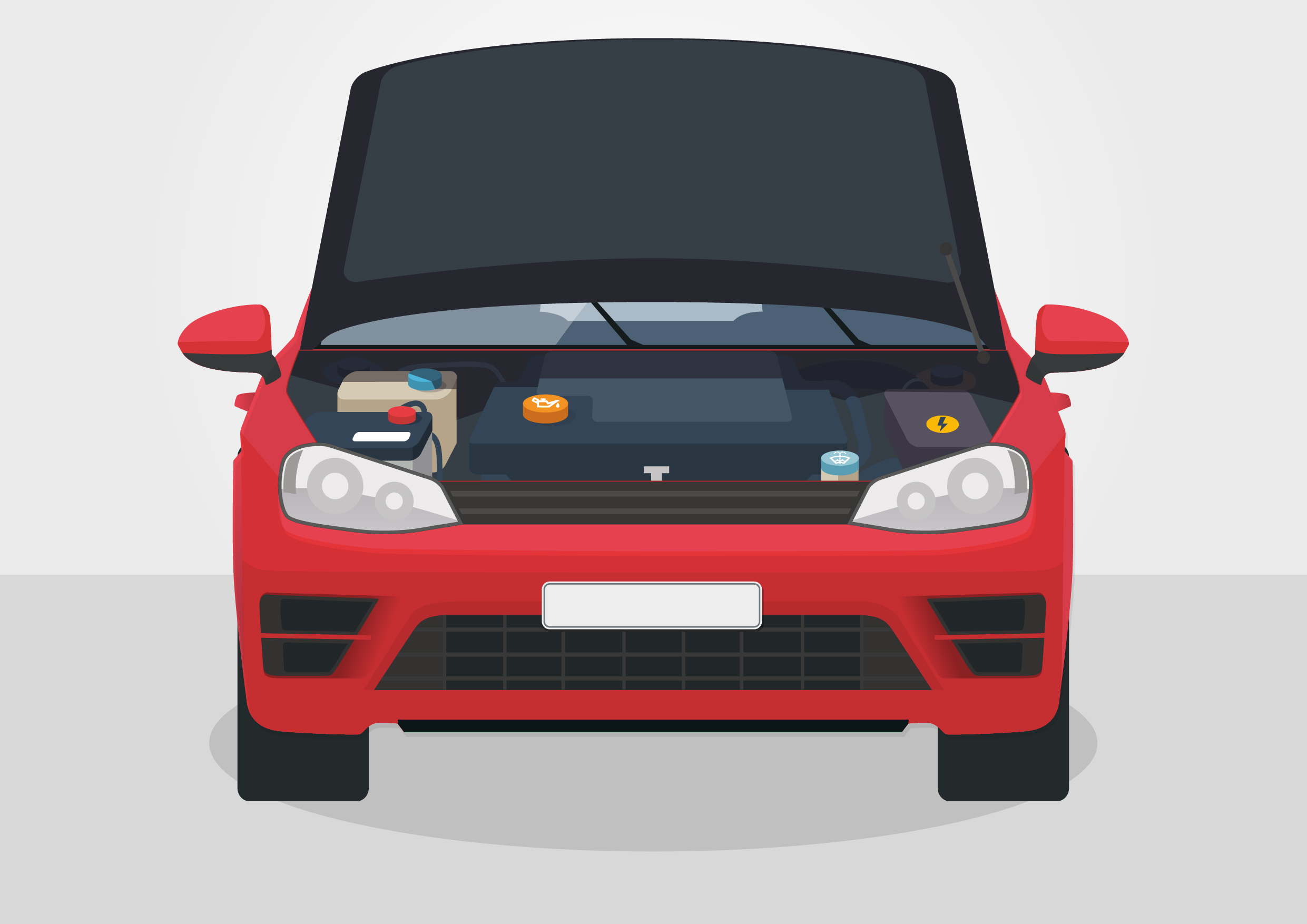Car Maintenance Checks
The risk of breakdown is something which car owners are fearful of, but this need not be the case with our handy car maintenance tips. Simply follow the advice provided and keep your car well-maintained and functioning fully year-round.
Choose an option below to find out more
Car Under The Hood Bonnet Inside The Car Side Tyres Back Of Car-
More
More
More
-
More
Wipers
Replace wipers at least once a year to ensure that you aren’t using worn wipers.
Fresh wiper blades clean your screen more effectively, without smearing, and can even help to reduce the dazzle of the sun.
You run the risk of your vehicle failing an MOT test if your wipers aren’t secure or in a good enough condition to clear your windscreen.
Close

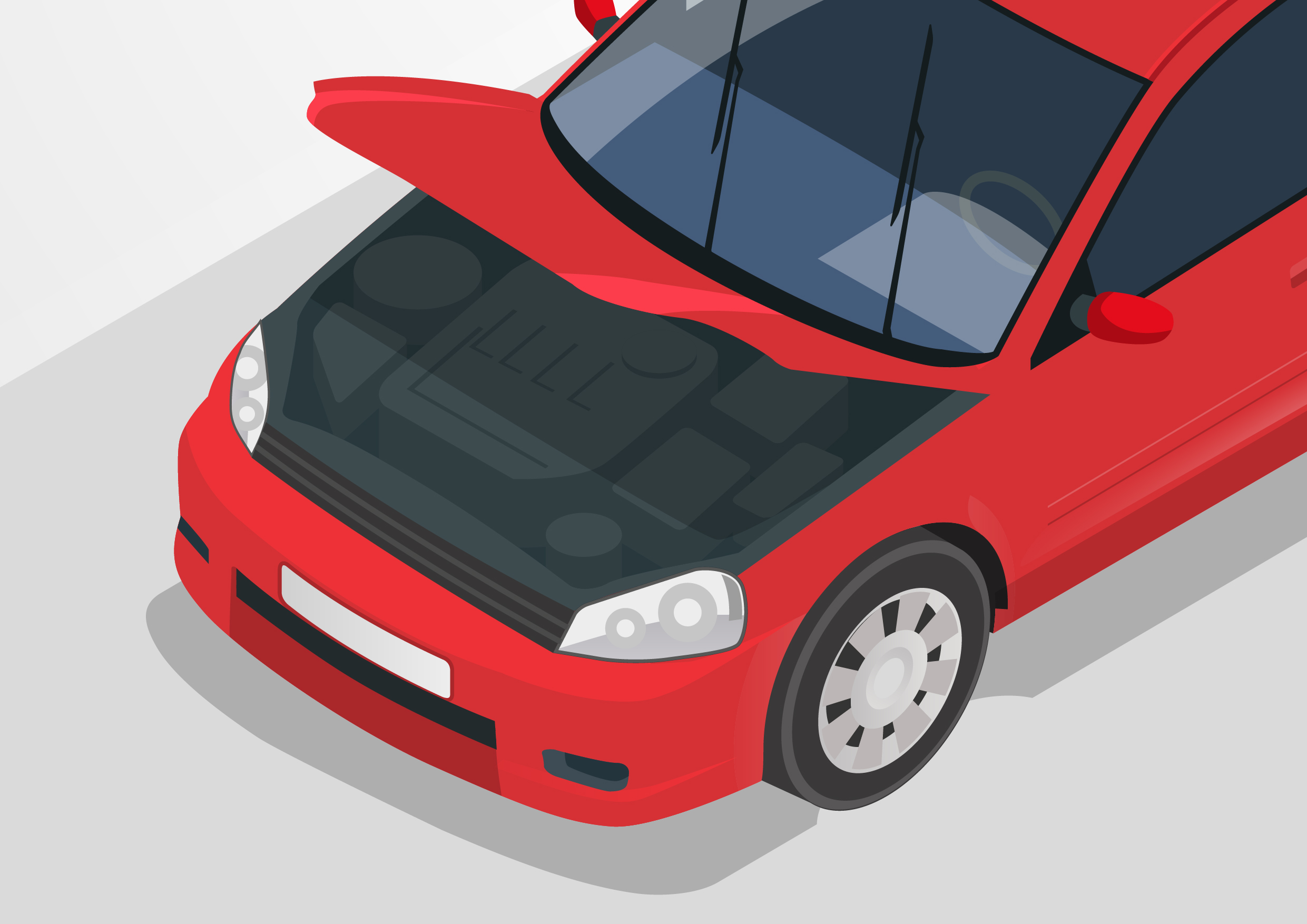
-
More
More
More
More
-
More
Vehicle bodywork
Make sure any damage to your car’s bodywork is dealt with promptly to ensure that rust does not have a chance to take hold.
If your vehicle is second-hand, make sure that you have an up-to-date record of any bodywork warranty schemes and subsequent inspections that your vehicle may have been enrolled on.
Wash and wax your car on a regular basis, removing any bird droppings quickly with water to avoid permanent damage to your paintwork.
If you use a pressure washer on your car, be sure not to use it while stood too close. Powerful pressure washers can damage your paintwork if you blast it from close range.
Close
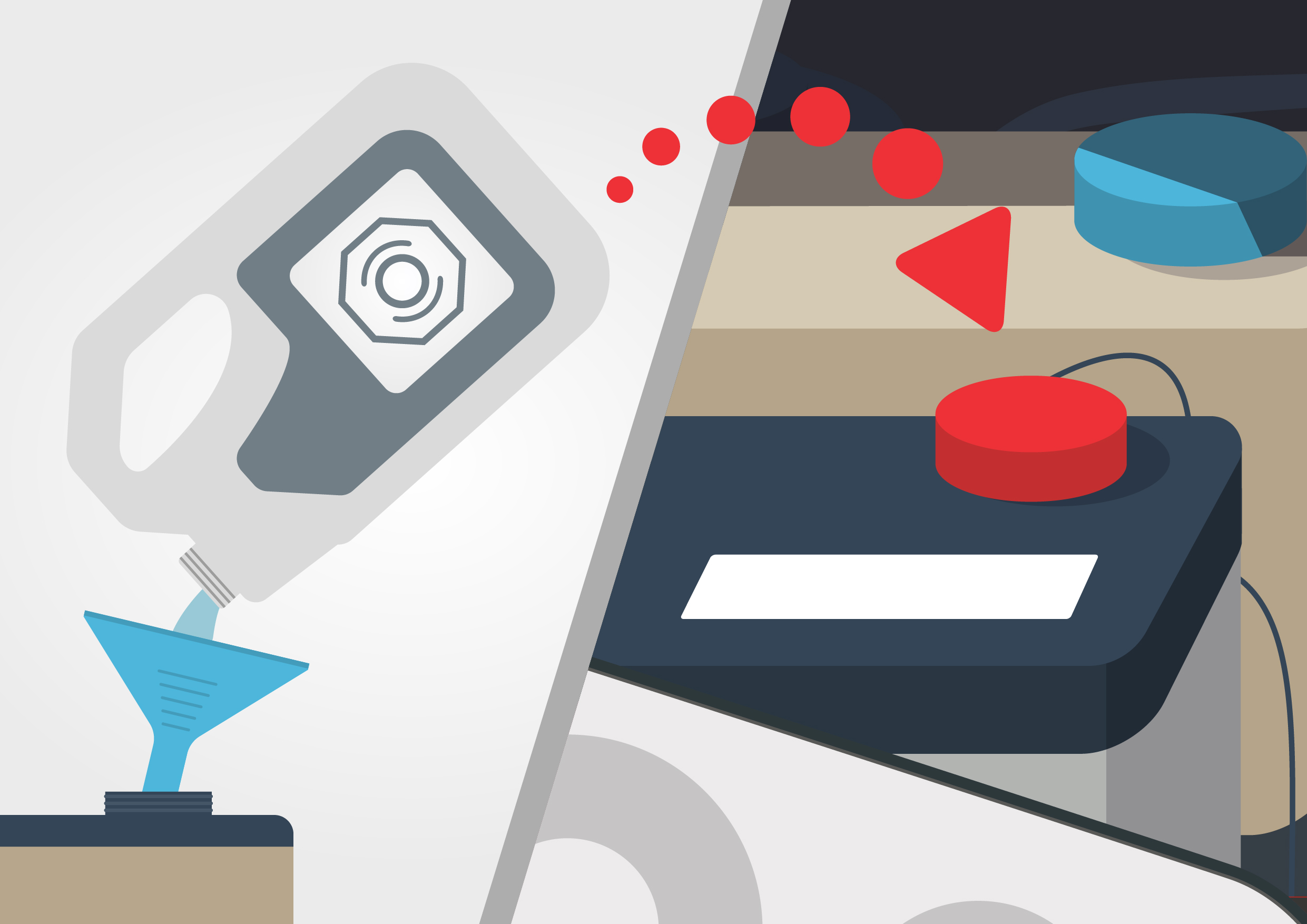
-
More
More
-
More
Brake Fluid
Brake fluid is not something consumed by your car, but you should make regular checks to ensure there is still enough in the reservoir. A low level could mean there is a leak or could indicate your brake surfaces have become worn.
Check your brakes at least once a year or every 30,000 miles - whichever comes first.
A good way to monitor the condition of your brakes is to listen for any squeaking or grinding. You can also feel them when you depress the pedal, with soft or fading brakes showing signs of wear.
Close
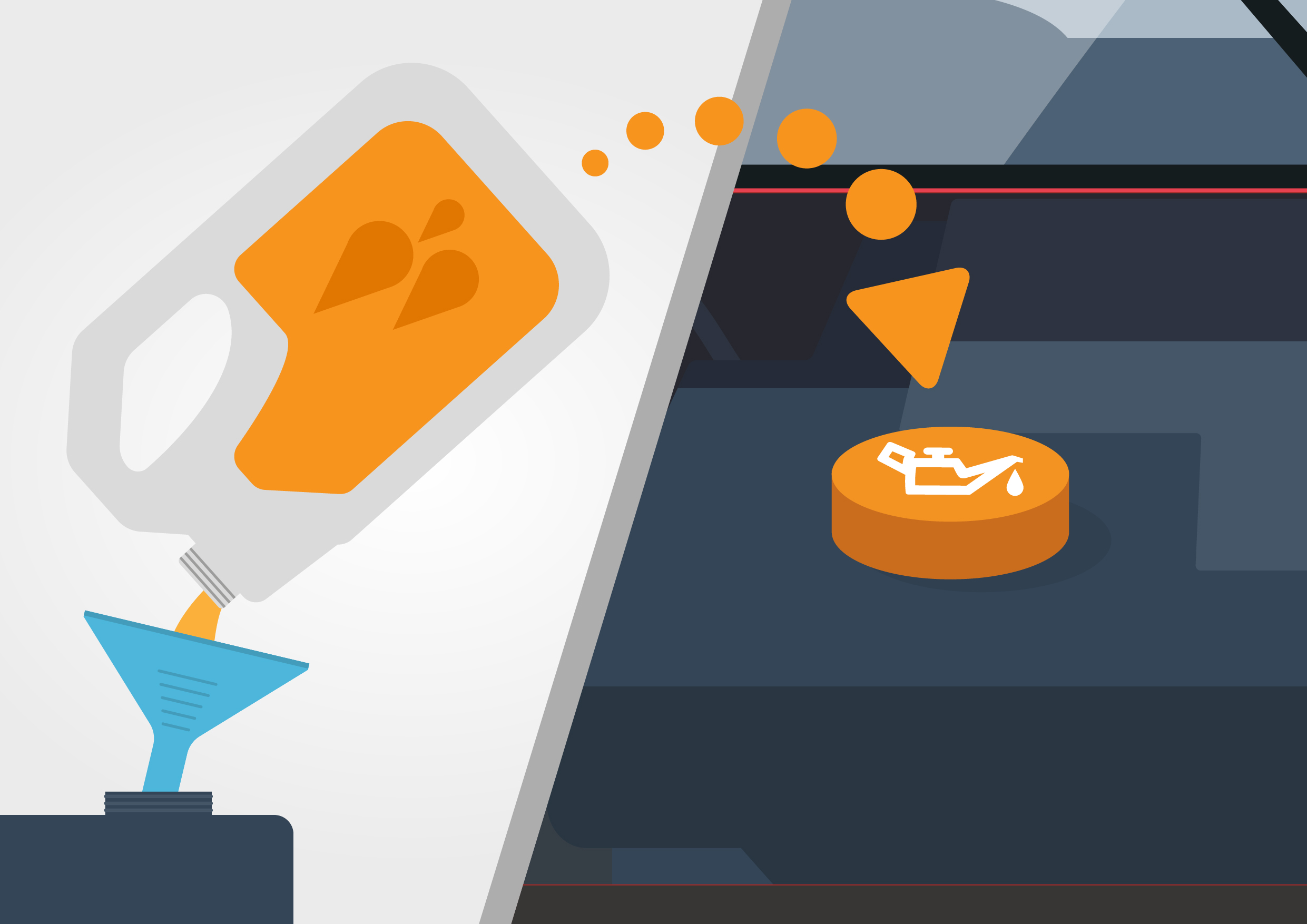
-
More
-
More
Oil for engine
The lubrication that your vehicle requires to keep moving. Pumped into all parts of your engine, it keeps parts from wearing or jarring, but must be properly maintained to avoid pressure drops, high temperatures or a total loss of lubrication.
Make sure you check the dipstick at least every fortnight, and before any long journeys you may be undertaking. You can find the location of the dipstick in the vehicle manual if you’re unsure.
Allow your engine to cool down before taking a dipstick reading, this will also allow the oil to drain back down to the lowest point to give an accurate reading.
There should be two notches on the bottom of your dipstick, one to denote the minimum level towards the bottom, and one higher up to show a preferred maximum level.
Oil should be a clear, golden colour. The darker your engine oil, the more likely it is that it needs to be changed. Foamy or milky engine oil indicates it could be contaminated with other fluids and requires attention from a mechanic.
Have your vehicle’s engine oil and filter changed at recommended service intervals, ensuring the use of oil of the correct specification.
High oil consumption can suggest a deeper issue with your engine, so keep an eye out for this.
Close
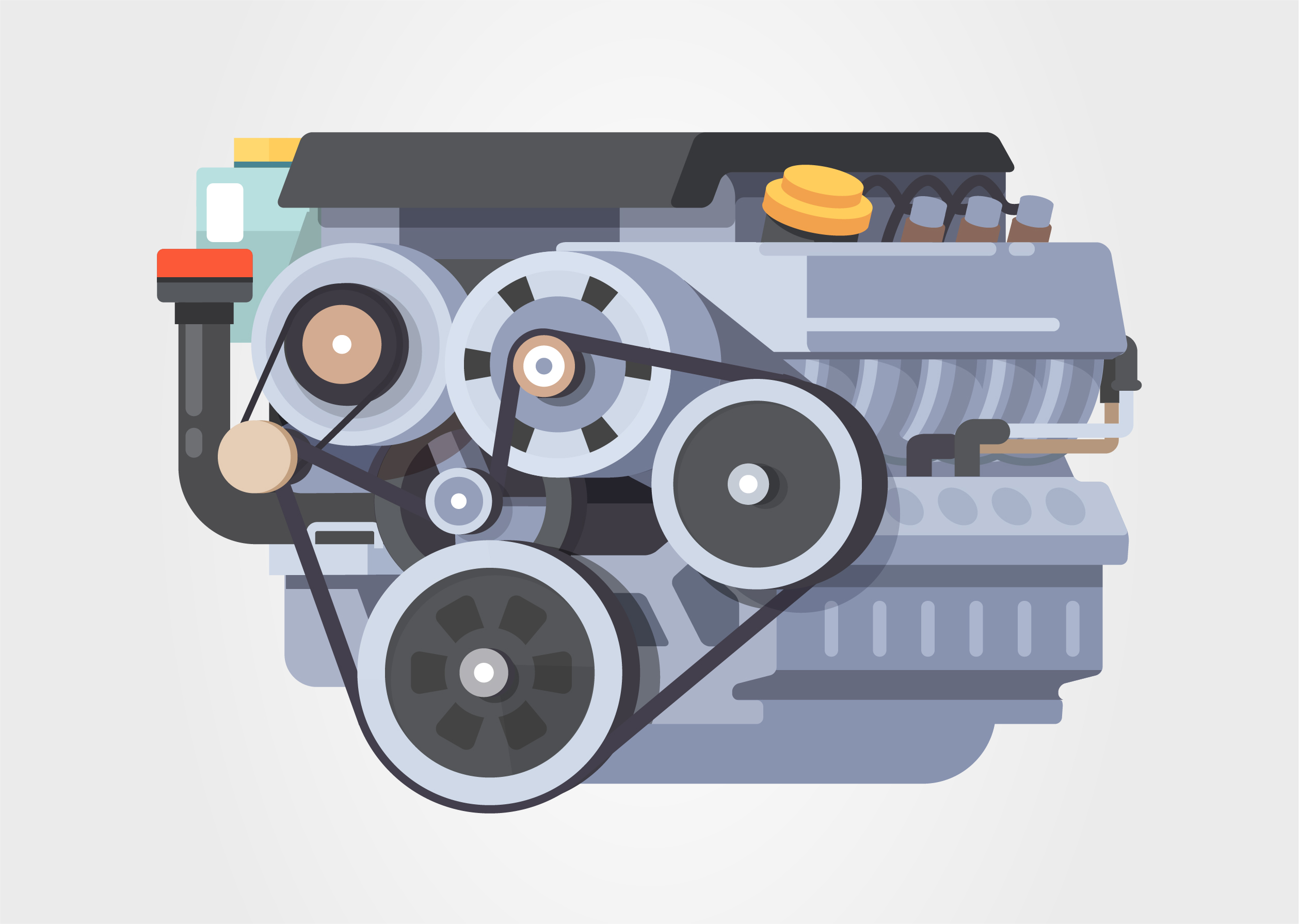
-
More
-
More
Fan belt
The fan belt is a rubber band with a series of teeth, running along a number of shafts to help connect different components.
If you can hear a clicking or squeaking sound coming from under the bonnet, it could mean your fan belt is either worn, or has slipped slightly from one of the internal components.
Close
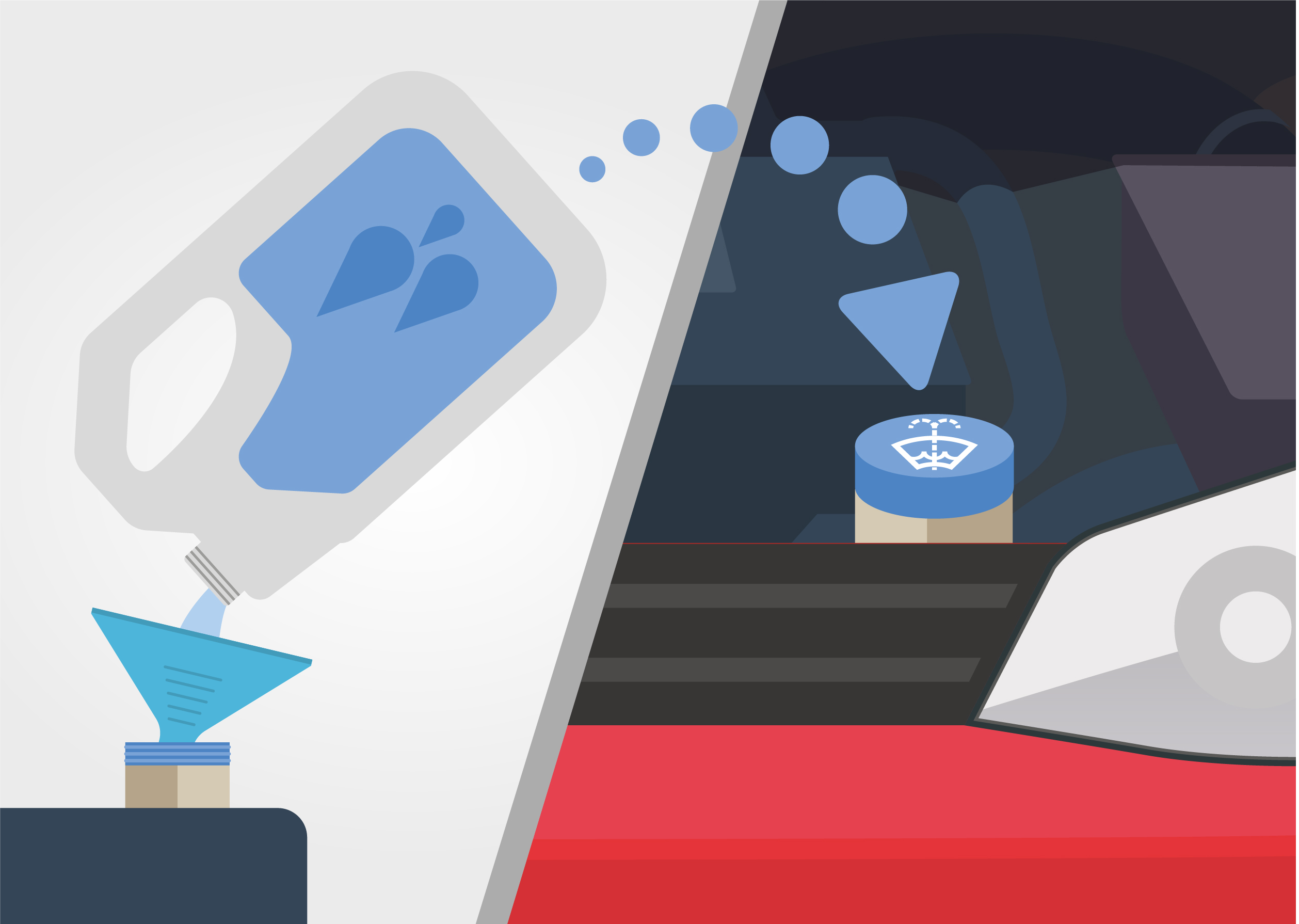
-
More
-
More
Screenwash
A screenwash system in full working order is a legal requirement, whatever vehicle you may own. Like your vehicle’s water, make sure that the screenwash in your car is checked and topped up regularly.
During hot summer months and cold winter periods, top up the solution with a screenwash additive to help clear oily road grime in summer.
To prevent it freezing in the winter, add a screenwash with a low freezing point, ensuring you have washer fluid to clear away the dirt caked on by your heating.
Check your screen wash levels every 3,000 miles - you should be able to read the level on the outside of the bottle.
Close
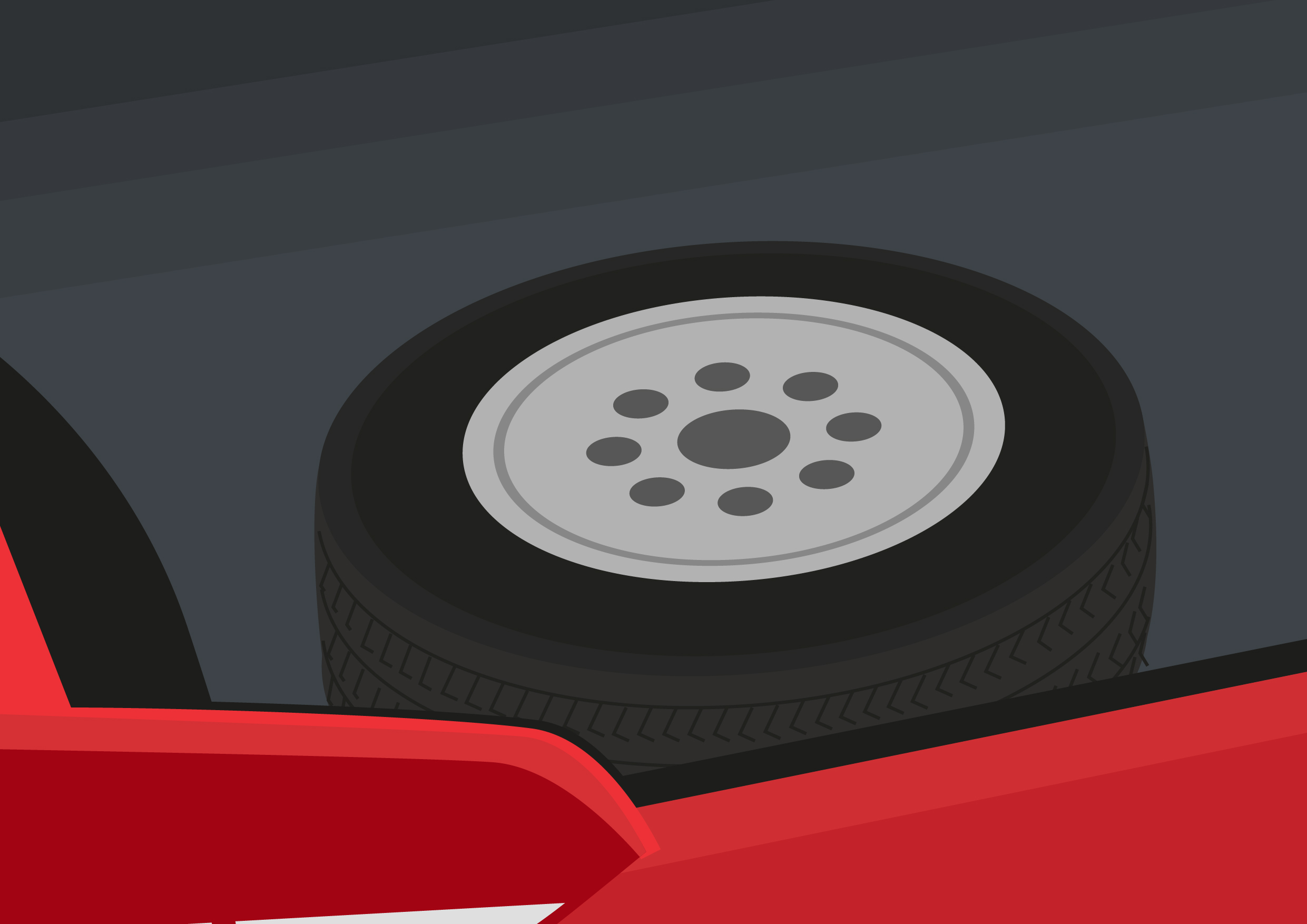

-
More
-
More
Tool Box
Your vehicle’s handbook will detail where the toolkit is kept in your car, so make sure yours is in the correct location and contains the relevant kit.
The toolkit should at least contain a jack and wheel removal tools in the event of a required tyre change. For this purpose, it is important to familiarise yourself with the jacking points of your vehicle which are the points used to safely lift the car.
If your wheels have locking wheel nuts fitted, ensure that your toolkit also includes the key or removal tool to take these off in order to change a tyre.
Close
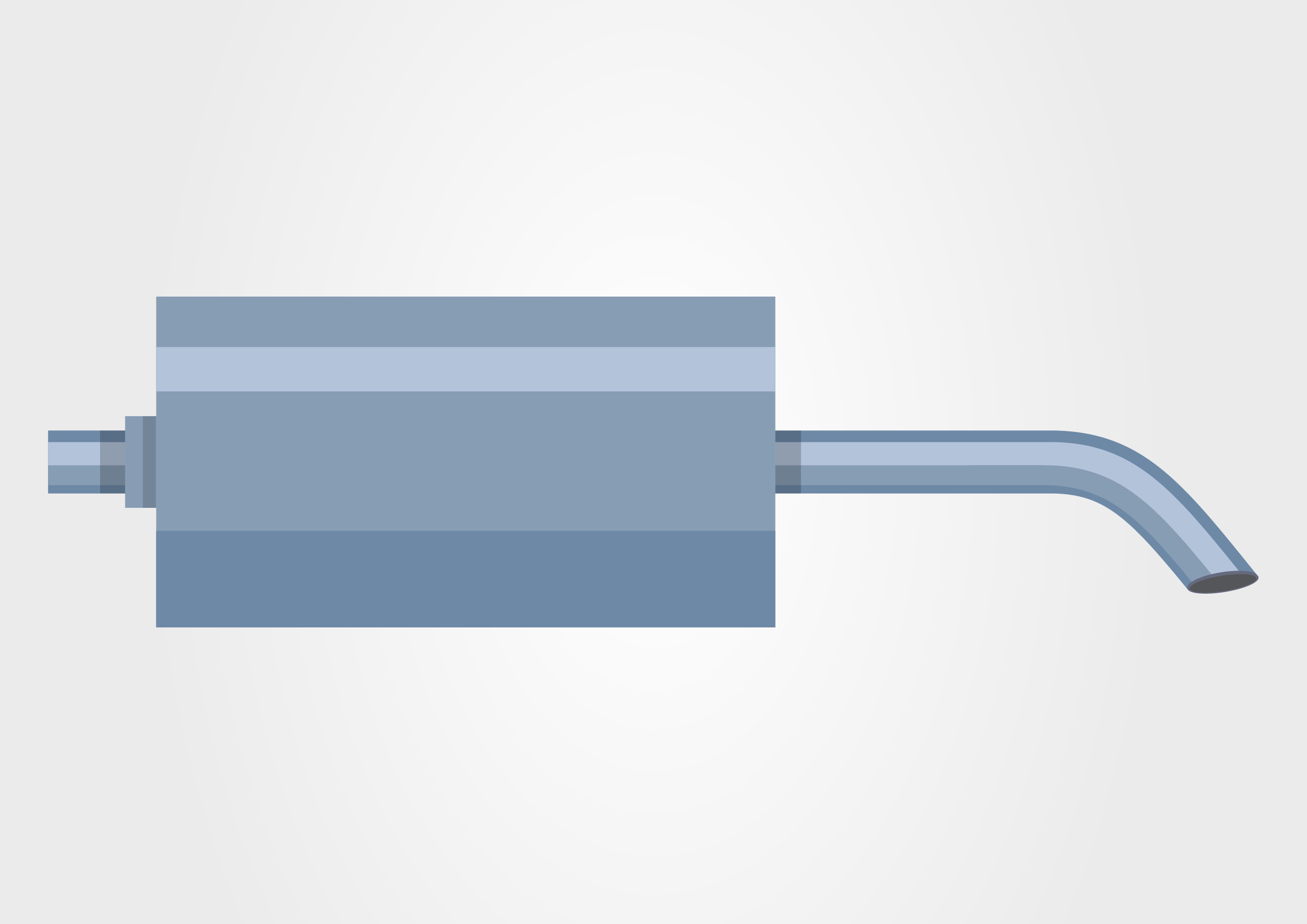
-
More
-
More
Exhaust
The exhaust is an important part of keeping your car healthy, however, you should ensure that the engine is off before you carry out any checks or maintenance on your exhaust system. If you notice rust on your exhaust, you can try to gently brush it away, as long as it doesn’t leave any holes which would draw air into the system.
You can check that the exhaust is still adequately attached by inspecting the loops or straps which hold it in place, ensuring they have enough flexibility. If you suspect that it is connected in the wrong, have a mechanic take a look.
The joints and connections on your exhaust system are particularly vulnerable, which is why you should check for signs of gas leakage on a regular basis, tightening any connections where possible or booking the vehicle in for repairs.
Close

-
More
More
More
More
-
More
Bodywork
Make sure any damage to your car’s bodywork is dealt with promptly to ensure that rust does not have a chance to take hold.
If your vehicle is second-hand, make sure that you have an up-to-date record of any bodywork warranty schemes and subsequent inspections that your vehicle may have been enrolled on.
Wash and wax your car on a regular basis, removing any bird droppings quickly with water to avoid permanent damage to your paintwork.
If you use a pressure washer on your car, be sure not to use it while stood too close. Powerful pressure washers can damage your paintwork if you blast it from close range.
Close

-
More
More
-
More
Tyres
Make sure you know the correct tyre pressures for your car, and remember to check them on a fortnightly basis using a gauge or garage air line, topping them up as required. When checking your tyres, also remember to check the spare!
Keep an eye on the condition of your tyres; particularly how worn their treads are getting and if they have any cuts or marks on their sidewalls.
Minimum recommended tread depth is 3mm, with 1.6mm the legal minimum. You can use the band of a 20p coin inserted in your tread; if it covers the band it is deep enough, if you can see the band, you tyres are too worn and require replacing.
One indicator of a damaged tyre is if it requires constant top-ups with air - this is a strong sign that there may be a puncture.
Close

-
More
More
-
More
Suspension
You suspension system is a series of springs placed on the rear axle, with independent springs placed close by your front wheels, helping absorb the shock of uneven ground.
You can test your suspension by using your weight to bounce the front and back while it is parked. The suspension should keep the car stable, but if it still rocks after you’ve released your weight, your suspension could need looking at by a professional.
Other signs that your suspension might be warn can include: uneven tyre tread, rough and bumpy rides or greasy shocks which show signs of leakage.
Close
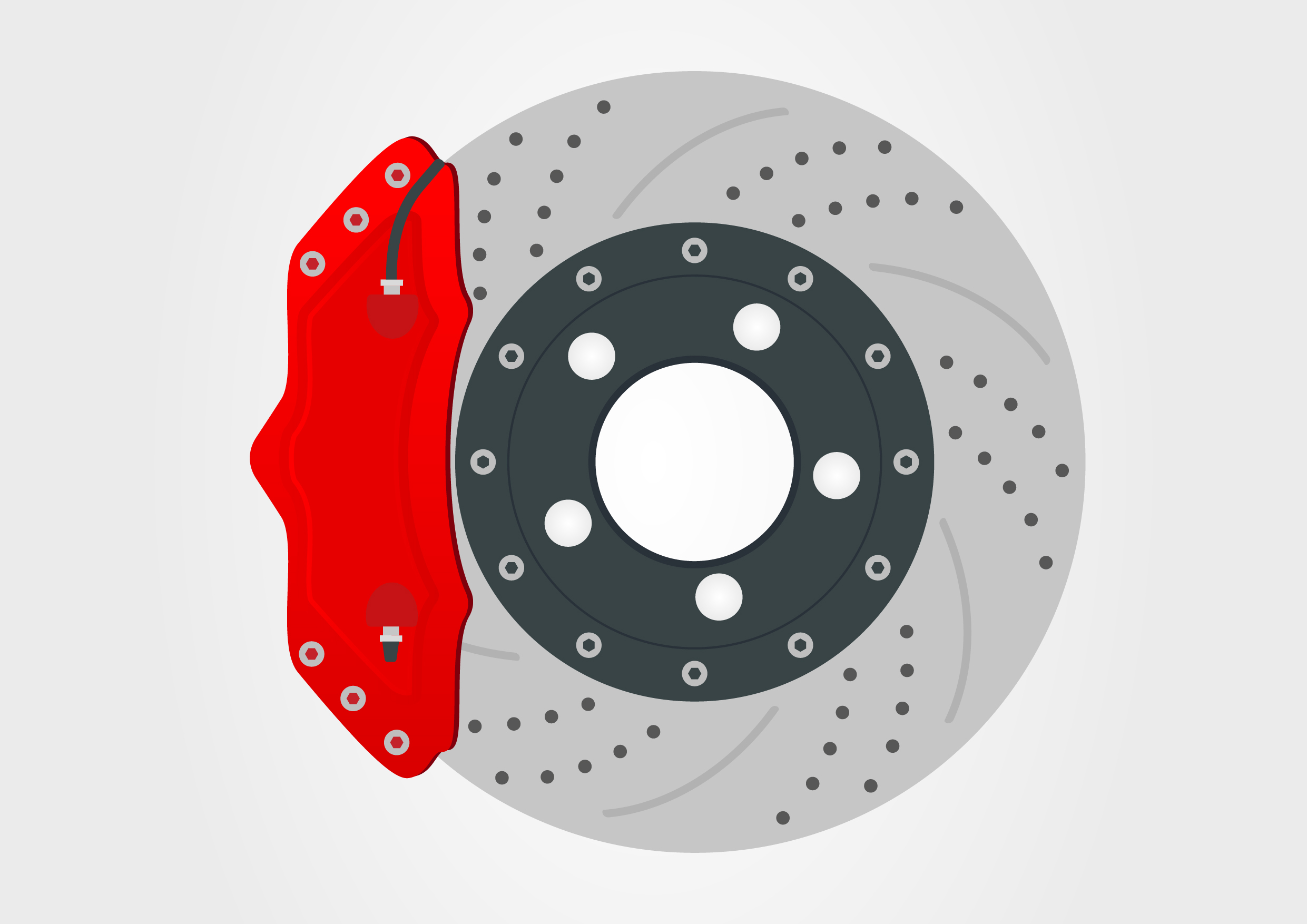
-
More
-
More
Brakes
Brake fluid is not something consumed by your car, but you should make regular checks to ensure there is still enough in the reservoir. A low level could mean there is a leak or could indicate your brake surfaces have become worn.
Check your brakes at least once a year or every 30,000 miles - whichever comes first.
A good way to monitor the condition of your brakes is to listen for any squeaking or grinding. You can also feel them when you depress the pedal, with soft or fading brakes showing signs of wear.
Close
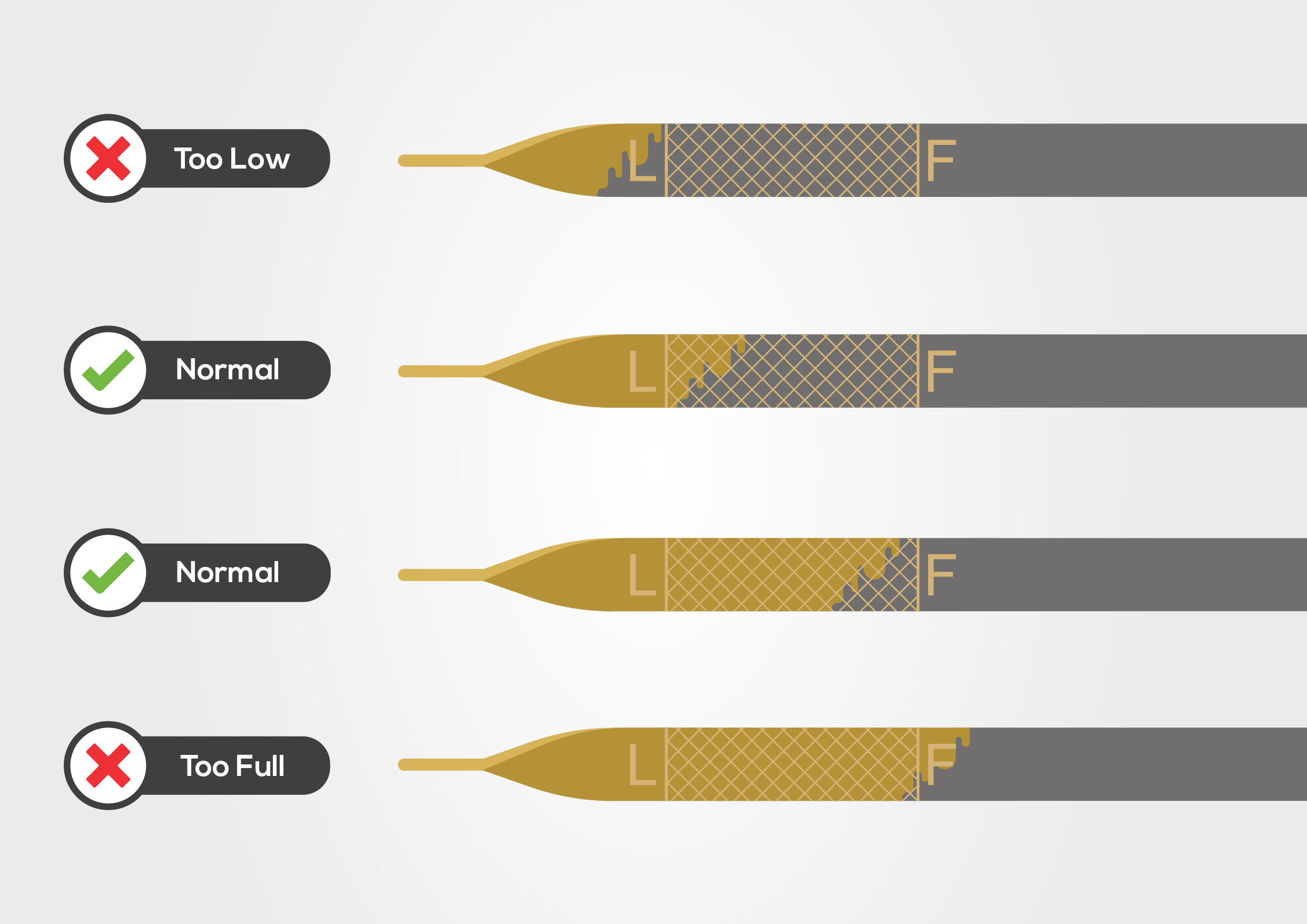
-
More
-
More
Dipstick
The lubrication that your vehicle requires to keep moving. Pumped into all parts of your engine, it keeps parts from wearing or jarring, but must be properly maintained to avoid pressure drops, high temperatures or a total loss of lubrication.
Make sure you check the dipstick at least every fortnight, and before any long journeys you may be undertaking. You can find the location of the dipstick in the vehicle manual if you’re unsure.
Allow your engine to cool down before taking a dipstick reading, this will also allow the oil to drain back down to the lowest point to give an accurate reading.
There should be two notches on the bottom of your dipstick, one to denote the minimum level towards the bottom, and one higher up to show a preferred maximum level.
Oil should be a clear, golden colour. The darker your engine oil, the more likely it is that it needs to be changed. Foamy or milky engine oil indicates it could be contaminated with other fluids and requires attention from a mechanic.
Have your vehicle’s engine oil and filter changed at recommended service intervals, ensuring the use of oil of the correct specification.
High oil consumption can suggest a deeper issue with your engine, so keep an eye out for this. Close
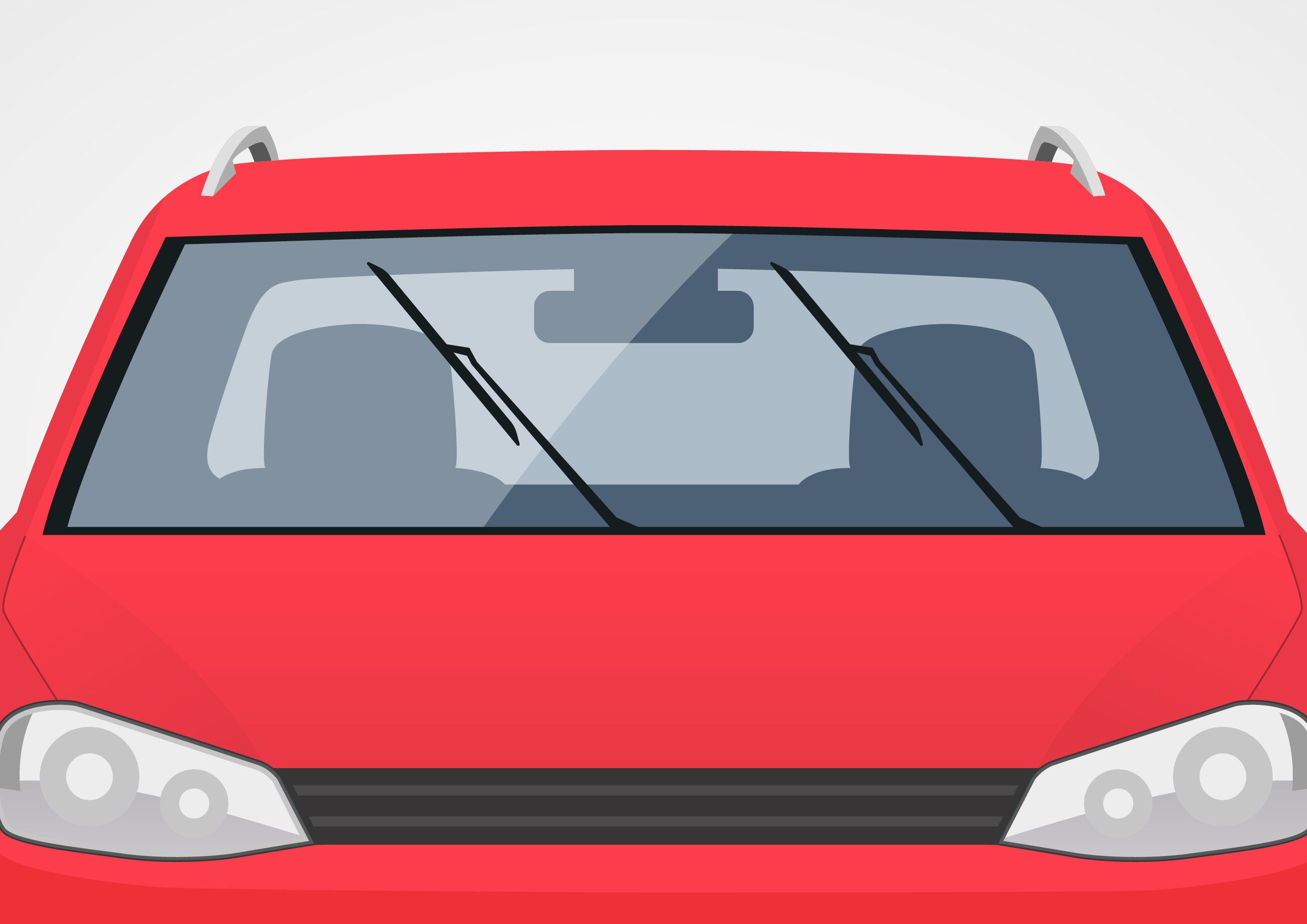
-
More
More
-
Windscreen
Keep an eye out for stone damage, making regular checks to ensure that the driver’s vision and attention are not at risk of being compromised whilst driving the vehicle.
Small chips and cracks only get worse with time, with vibrations, heat, frost and moisture more likely to cause secondary cracks.
Cracks and chips up to 40mm can often be repaired, but much depends on where on the screen the damage is located.
Damage in front of the driver - in the ‘A Zone’ - can usually only be repaired if it is 10mm or less in diameter.
The longer you leave a chip unrepaired, the harder it will be to get an acceptable repair, this is due to dirt and moisture getting lodged in the small spaces created.
If you’re a smoker, you may want to clean the inside of your windscreen more regularly to avoid a hazy film developing. Non-smokers might also find a film on their screen for other reasons, so other drivers may still want to clean their screen often.
A good windscreen wash fluid will help you to keep the outside of the windscreen clean - especially in winter where dirt and grime can get caked onto the screen when you have the heat turned up.
Close
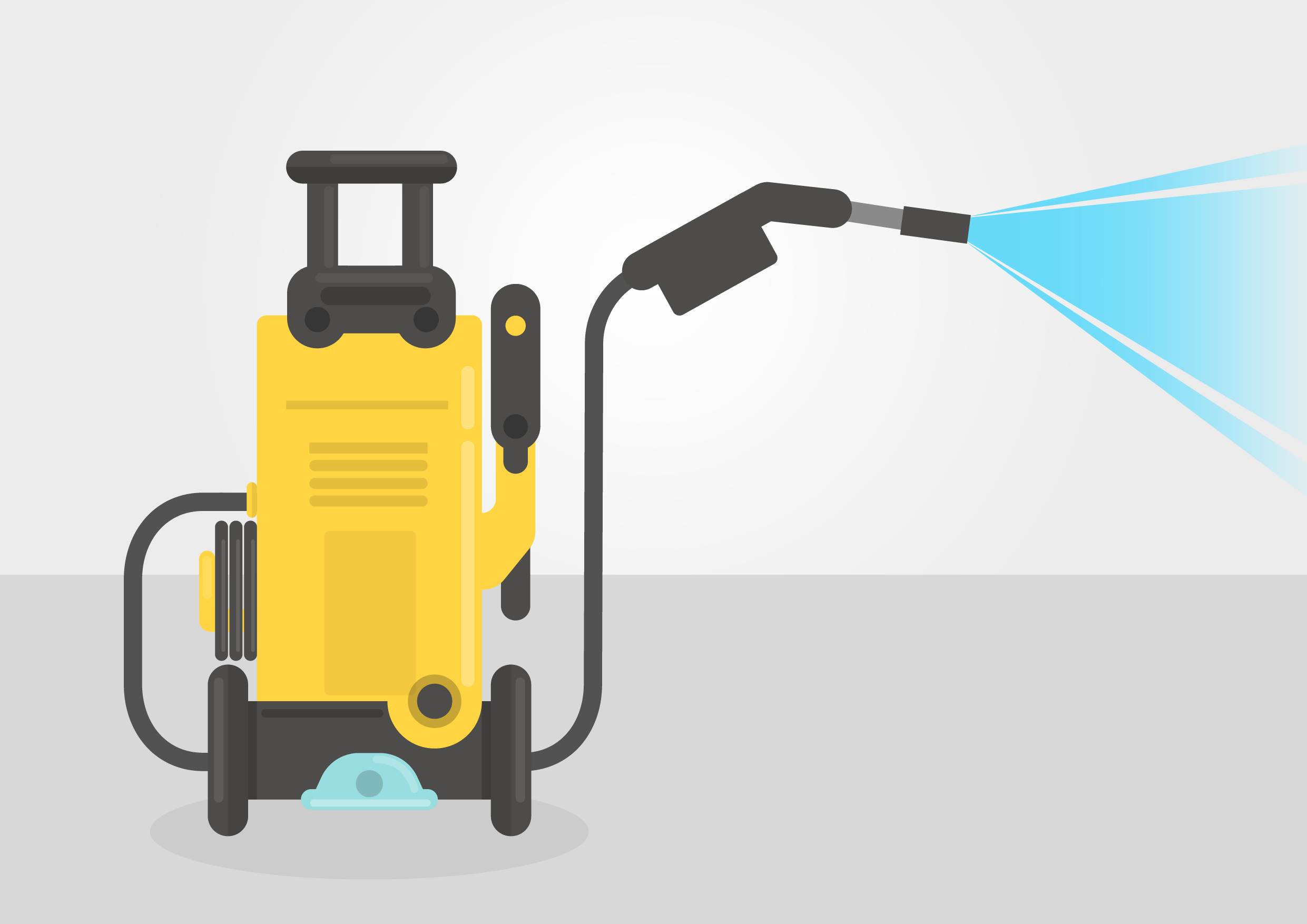
-
More
Pressure Washer
If you use a pressure washer on your car, be sure not to use it while stood too close. Powerful pressure washers can damage your paintwork if you blast it from close range.
Close

-
More
More
-
More
Lights
Check your entire vehicle’s lights - including indicators, brakes, reverse lights and fog lights - on a weekly basis to ensure they are working properly and aligned correctly.
If you think the lense of your lights might be cracked or that the bulbs have blown, be sure to replace them so that they function properly.
Keep your vehicle’s lights clean, using a damp cloth to wipe any dirt and grime clean off them.
You should aim to buff the cover on your headlights at least once a year, ensuring they are as clear as possible.
Close
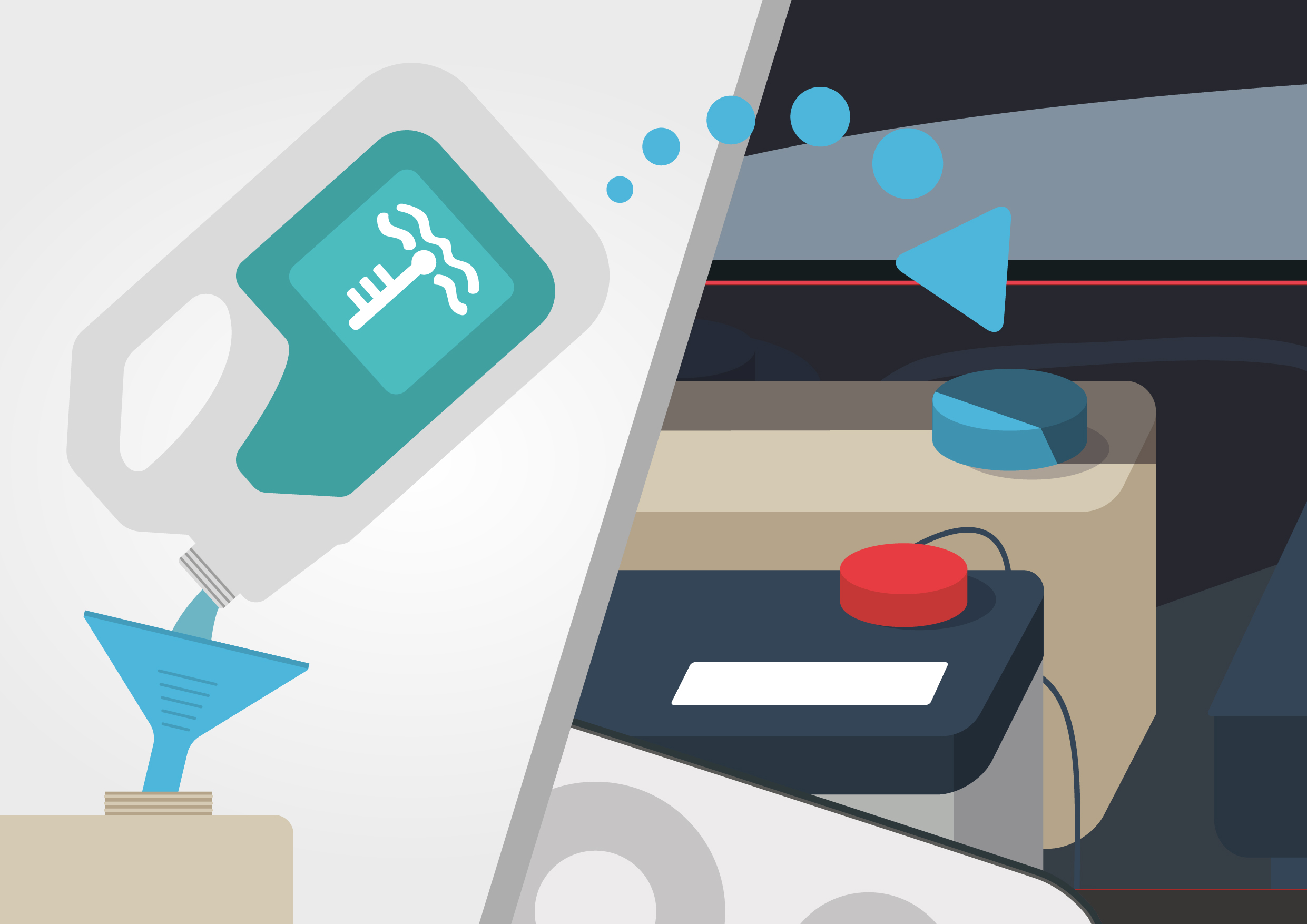
-
More
More
-
More
Coolant
Water acts as the coolant for your engine, without this your engine will get so hot that it will seize up, welding itself together in places. You could see a coolant warning light on your dashboard if the levels get too low.
Ensure that your car’s coolant level is topped up at all times by checking it on a monthly basis. Remember, though, to only do this when the engine is cold.
There should be a minimum and maximum marking on the water tank for you to use when judging whether a top up is required.
Make sure to have your car’s antifreeze concentration checked before winter each year, as antifreeze not only prevents the buildup of corrosion in the cooling system, but also stops the coolant freezing, making it an important feature of your vehicle at all points throughout the year.
Close
Here at The Windscreen Company, we are leaders in mobile windscreen repair and replacement from Ipswich to Essex and throughout the east of England. For more information on any of our services, or for any other enquiries, get in touch with our friendly team today and we’ll be happy to help with any queries you may have. We will do all we can to get your vehicle back on the road with its new glass in no time at all, so give us a call today.
